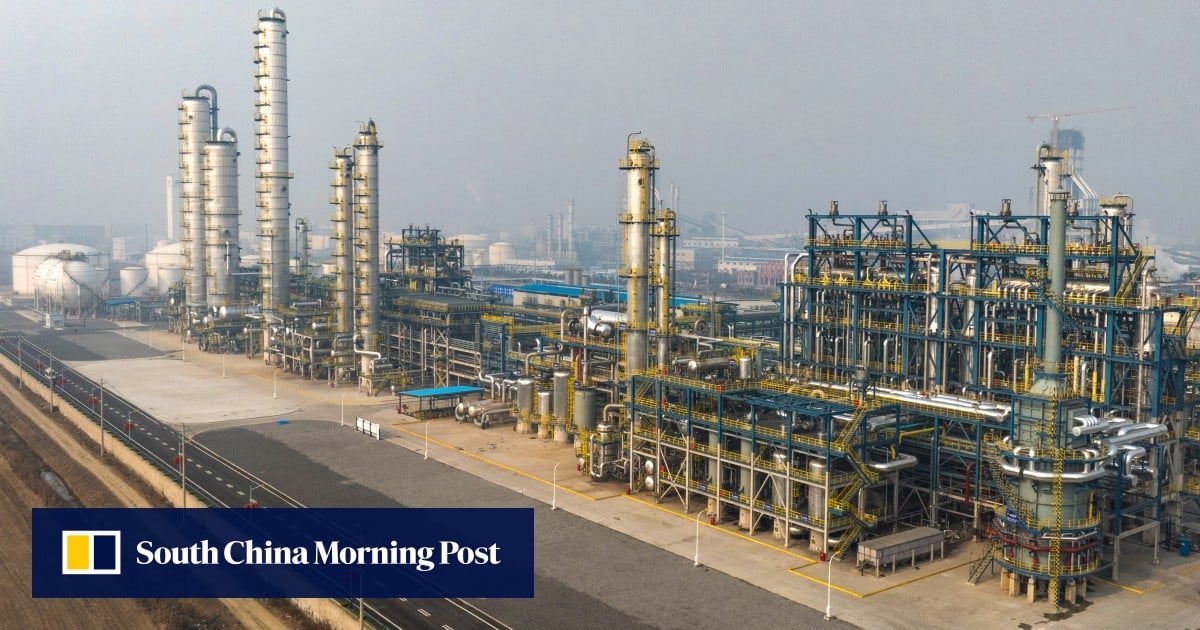Depends on the stack scrubber tech. The old time coal gasification plants just dumped the waste on the ground. So it was full of mercury and arsenic etc. New US coal plants emit water and CO2 not much other pollution.
From the wiki...
During gasification, the coal is blown through with
oxygen and steam (water vapor) while also being heated (and in some cases pressurized). If the coal is heated by external heat sources the process is called "allothermal", while "autothermal" process assumes heating of the coal via exothermal chemical reactions occurring inside the gasifier itself. It is essential that the oxidizer supplied is insufficient for complete oxidizing (combustion) of the fuel. During the reactions mentioned, oxygen and water molecules
oxidize the coal and produce a gaseous mixture of
carbon dioxide (CO2),
carbon monoxide (CO),
water vapour (H2O), and
molecular hydrogen (H2). (Some by-products like tar, phenols, etc. are also possible end products, depending on the specific gasification technology utilized.) This process has been conducted in-situ within natural coal seams (referred to as
underground coal gasification) and in coal refineries. The desired end product is usually syngas (i.e., a combination of H2 + CO), but the produced coal gas may also be further refined to produce additional quantities of H2:
3C (i.e., coal) + O2 + H2O → H2 + 3CO

 www.scmp.com
www.scmp.com

